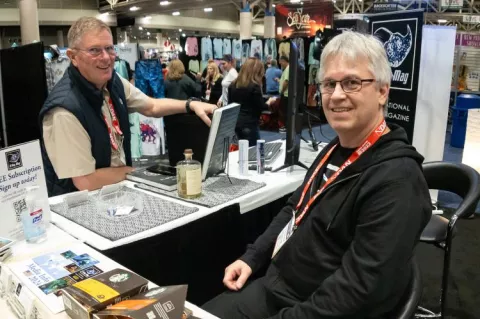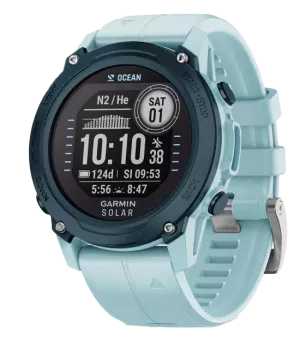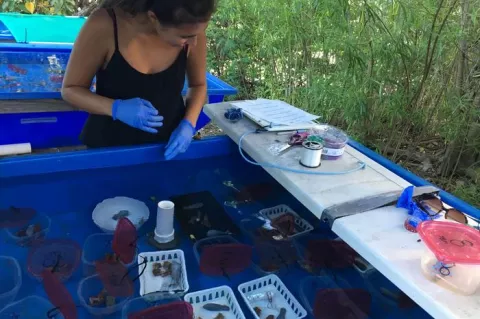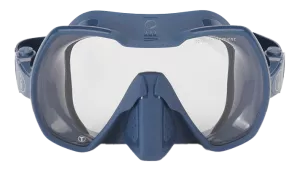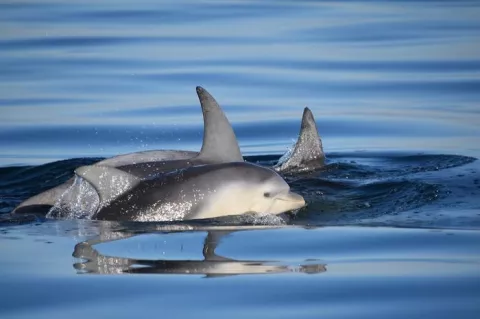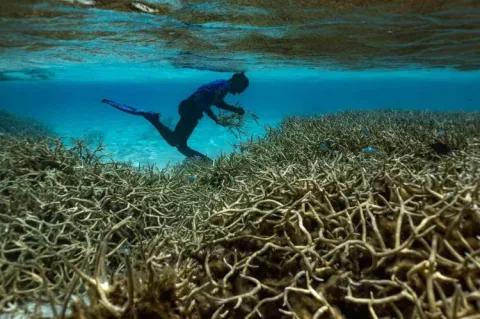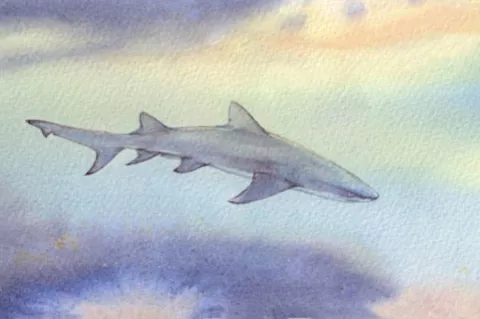A return to the “old normal” in the dive industry
We have recently returned from another DEMA Show, and it is heartening to witness the dive industry’s resurgence following the pandemic. The show felt like a return to the “old normal.” However, there is an intriguing duality at play here—the old is becoming the new normal in the dive industry.
With nearly three decades of experience in the dive industry, I may be considered a senior member by conventional standards. Yet, at many dive shows, it does not quite feel that way. Amid the attendees, you will find plenty of grey hair, a few walkers, and even some mobility scooters.





